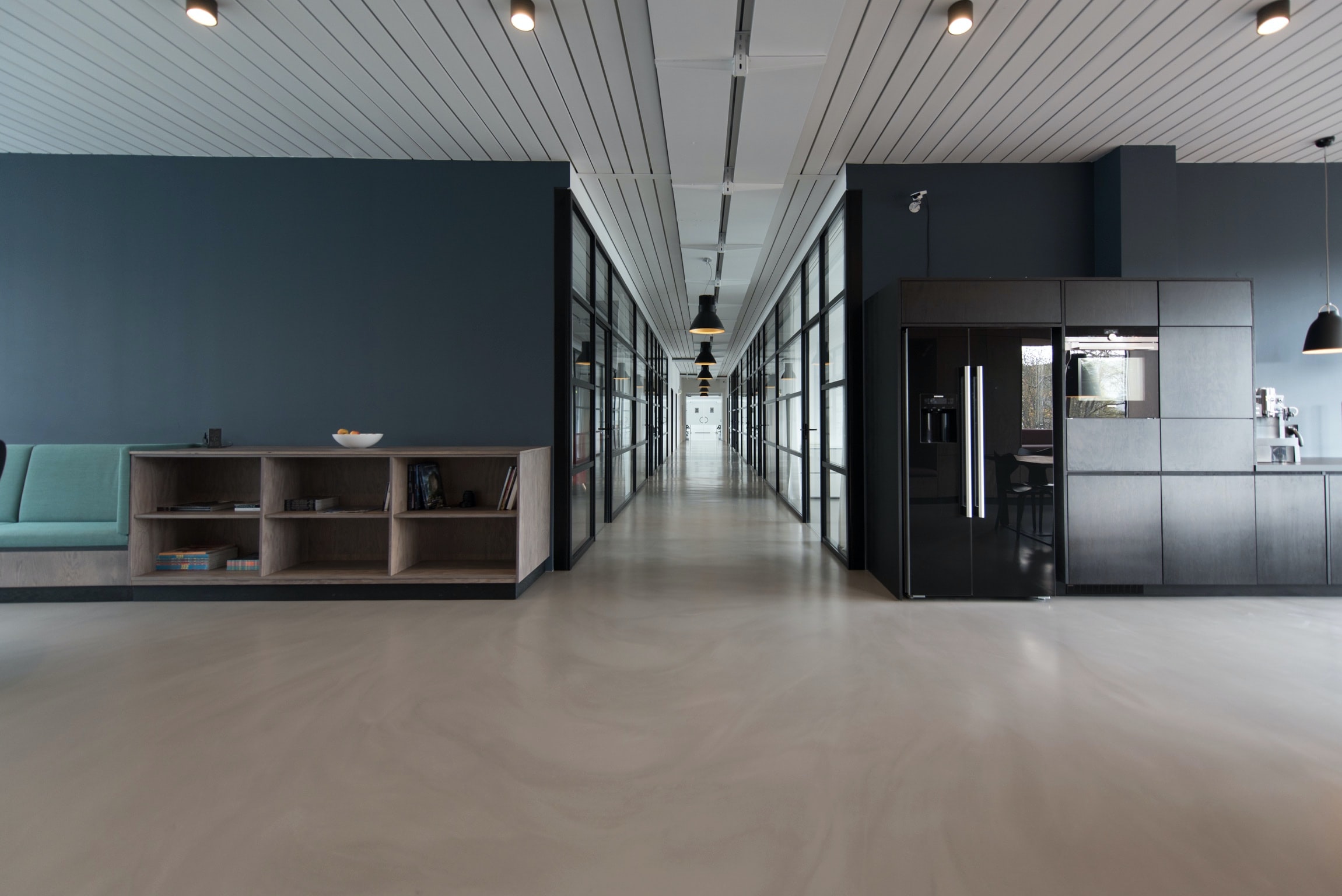With the lockdown easing, many business owners are asking themselves - should we all head back to the office? Or is it better to stay remote? Here’s why we think a flexible, hybrid approach to working is the way forward.
The benefits of heading back to the office are clear:
- You get all the benefits of in-person collaboration - easy, spontaneous communication, shared energy and motivation, the enjoyment of socialising with your colleagues.
- It’s easier to create opportunities for peer-to-peer coaching, training and mentorship, especially in terms of on-the-job learning.
- Integrating new recruits into the team can be easier when you’re all sharing the same space, with plenty of chances to get to know each other over a coffee.
However, it might be tricky to insist on a 100% return to the office.
- Many employees may be resistant to going back to full-time in-person work.
Research[1] shows that over 80% of employees who have been working from home during the pandemic would prefer to continue to do so, at least part of the time. It’s hard for business leaders to make the case that being physically present in the office is essential, when we’ve all seen that we can work remotely.
- Then, of course, there’s the cost. Office space is extremely expensive. Many businesses are starting to question whether it’s worth the investment. Remote or hybrid work can mean downsizing your office, or switching to on-demand workspaces, resulting in massive savings[2].
For a detailed, practical guide on how to transition your company to hybrid, check out our new white paper.
So, should we just stick with remote work?
The pandemic has given many companies the opportunity to step back and consider whether now might be the perfect moment to embrace long-term remote work. After all, the numbers are pretty convincing[3]:
- 77% of employees say that working from home makes them happier.
- 20% would actually take a pay cut if they could keep working from home.
- 72% report that it makes them less stressed.
- 75% found that they were as productive or more productive at home as in the office.
That said, we don’t believe that we’re suddenly going to abandon our offices altogether. After all, many jobs don’t lend themselves to remote work - a report by McKinsey suggests that only 20% of the workforce could work remotely as effectively as they do in an office[4].
What’s more, of those employees who can work from home, not all of them want to. While the majority of at home workers may have enjoyed the absence of workwear and commutes, 1 in 5 have struggled with loneliness, burnout and communication issues[5].
The future is hybrid
For most businesses, the hybrid model is likely to be the most effective option. It offers the best of both worlds:
- Employees have more choice about where they work.
- Businesses can save on office space.
- Companies can retain the social, cultural and learning benefits of in-person work, while still offering their employees flexibility.
However, the hybrid model must be implemented carefully . Otherwise, you can risk creating a fragmented, two-tier culture, in which remote workers feel excluded or left behind.
Building an effective hybrid company takes a mindful approach to your culture and communication, an extensive review of your tools, technology, policies and systems, and a thorough plan to address the practical considerations.
The good news is that we’ve put together a comprehensive guide to transitioning to hybrid work, to help make things easier for you.
Download it for free here:
Resources:
[1] https://www.cnet.com/health/over-80-of-workers-dont-want-to-go-back-to-the-office-full-time-survey-finds/
[2] https://hubblehq.com/blog/new-workplace-options
[3] https://resources.owllabs.com/blog/remote-work-statistics
[4] https://www.mckinsey.com/featured-insights/future-of-work/whats-next-for-remote-work-an-analysis-of-2000-tasks-800-jobs-and-nine-countries
[5] https://lp.buffer.com/state-of-remote-work-2020


.jpg)

